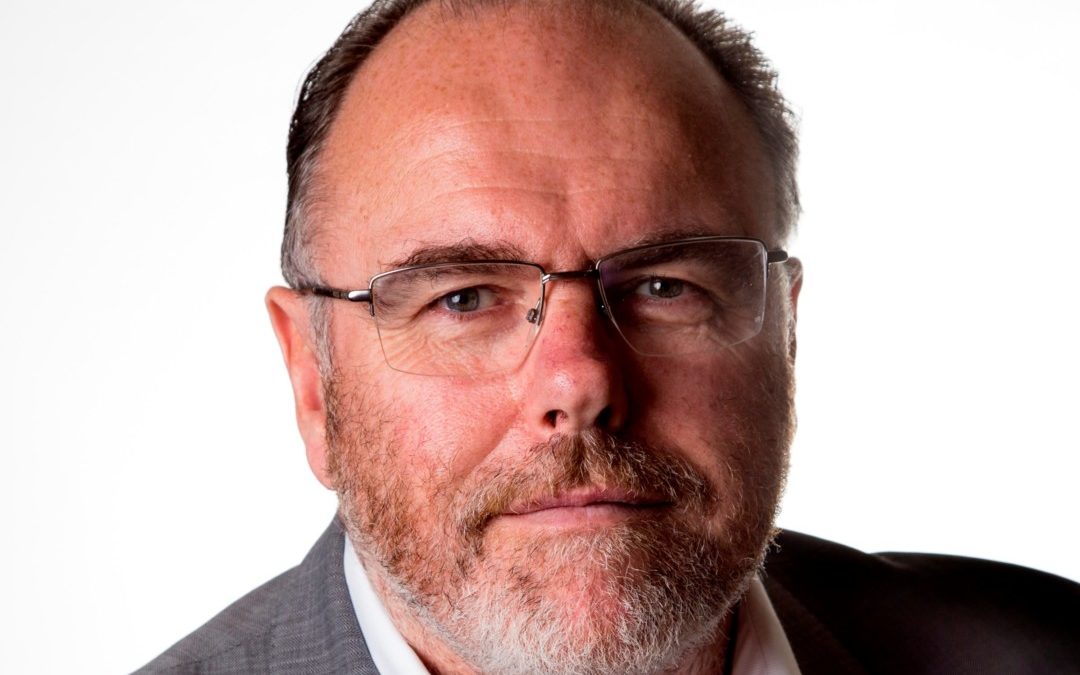“Gigabit Island is an enabler, making the Island a much more attractive place for other businesses to invest. It will also make the Island a much more attractive place for businesses looking to relocate. The total potential for job creation runs to the many thousands.”
Full-fibre, broadband bottlenecks and an economic enabler – Tom Stroud talks to WightFibre’s chief executive John Irvine about the £35m network expansion project
What is Gigabit Island in a nutshell and how can it help Island businesses?
Not only will we be expanding the WightFibre network to all parts of the Island but the new network will be a full-fibre, Gigabit network capable of delivering Gigabit speeds (1Gb=1000Mb). The numbers won’t mean much to many people – the real message is about a future-proof network that will meet the needs of the Island for decades to come.
What makes it different to anything we’ve seen before?
This new broadband will be delivered by a fibre-optic cable that runs all the way into a customer’s home or business. We call this ‘full-fibre’ because with current fibre broadband the fibre runs only to the cabinet and then over copper into the home. That copper is a bottleneck, slowing everything down.
But again, this isn’t about the technology. It is a brave person who can predict the future of the internet but one thing is for sure, the new WightFibre network will be good for anything imaginable. It is a different kind of broadband. Customers will experience the internet like never before: instant downloads, instant streaming, less time buffering and more video chatting, fast uploading family videos, playing your favourite online games with no lag, or watching Netflix in full UltraHD 4K glory – instantly.
For businesses, connectivity will no longer be a barrier to doing business. Evolving business technologies such as video conferencing and screen sharing are becoming mainstream. More and more businesses are moving to ‘the cloud’ and that only really works with a reliable and fast internet connection. Isle of Wight businesses will not need to give more than a passing thought to the quality of their connection – they’ll be able to take it for granted.
Tell us a bit about the practicalities. Will you need to dig up my road? And how long will it take to roll it out? Will you be able to reach everyone?
The new service is delivered over fibre-optic cables which are laid all the way into the home. These are best laid underground rather than on poles. They will be laid in a narrow trench just a few inches across, mostly under pavements, up to a small access point on the pavement in front of a home or business property. All construction is carried out by qualified, insured civil contractors and is usually completed within a few days in each street. We will work with households and business to ensure there is minimal inconvenience and disruption. We are also working with Island Roads and IW Council to co-ordinate the work with their road improvements and the work of other utility companies – all with the aim of minimising the inconvenience caused.
The roll-out will take about three years and will reach around 55,000 of the 61,000 homes on the island.
As well as an investment in technology this is also an investment in the economy isn’t it? There’s a lot of job creation going on.
The investment will create about 20 new permanent jobs at WightFibre, about 15 temporary jobs for the duration of the build and about 100 jobs with the construction companies who will be contracted to do the civil engineering work related to the new network build.
But this isn’t simply about a few jobs that will be created directly with WightFibre. A cornerstone of the island’s Economic Vision for 2030 is high speed mobile and broadband infrastructure. This project will deliver this in one fell swoop – and by 2021, never mind 2030.
Of course, the Gigabit Island must run hand in hand with the other activities on the island – not least of which is the IW Council’s Regeneration programme. A good example of how this works is the new Ascensos call centre, which only opened on time last September when WightFibre provided the required connectivity in just 20 days, against the 300 days quoted to Ascensos by their mainland provider.
Where does Gigabit Island put the Isle of Wight in comparison to the rest of the UK?
Whilst large cities and towns in the UK are destined to get full-fibre networks too over the next 10 years, few rural areas are in line for such upgrades. This will set the Island apart from other rural areas making us a much more attractive place to work and live.
Even against some of the big cities, significant differences in the technology being deployed by WightFibre will provide a much more future-proof infrastructure with speeds of 10Gb (10,000Gb) easily achievable in the short term, something which is not true of other full-fibre networks such as those being deployed by BT.
Less than 1,000,000 UK homes currently have fibre to the premise. By the end of 2019 this will still be less than 2,000,000 and the vast majority of those will be in large cities. The Isle of Wight is amongst the very first rural areas to benefit, putting us in the top 10% of the whole country for internet connectivity.
The new WightFibre network is even more future-proof because when we are laying cable into each property we will be installing not one but four fibre optic cables. Three of the four will be unused, probably for years to come, but who knows what new technology will come upon us in the next decade? Those spare fibres set the Isle of Wight apart from any other network in the UK.



